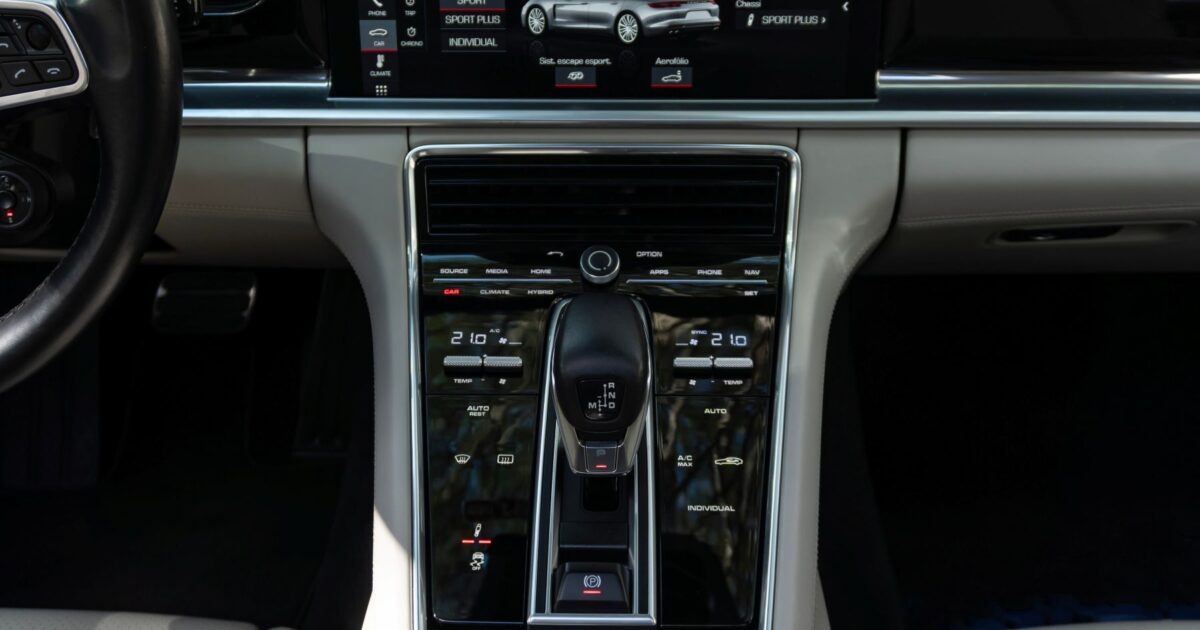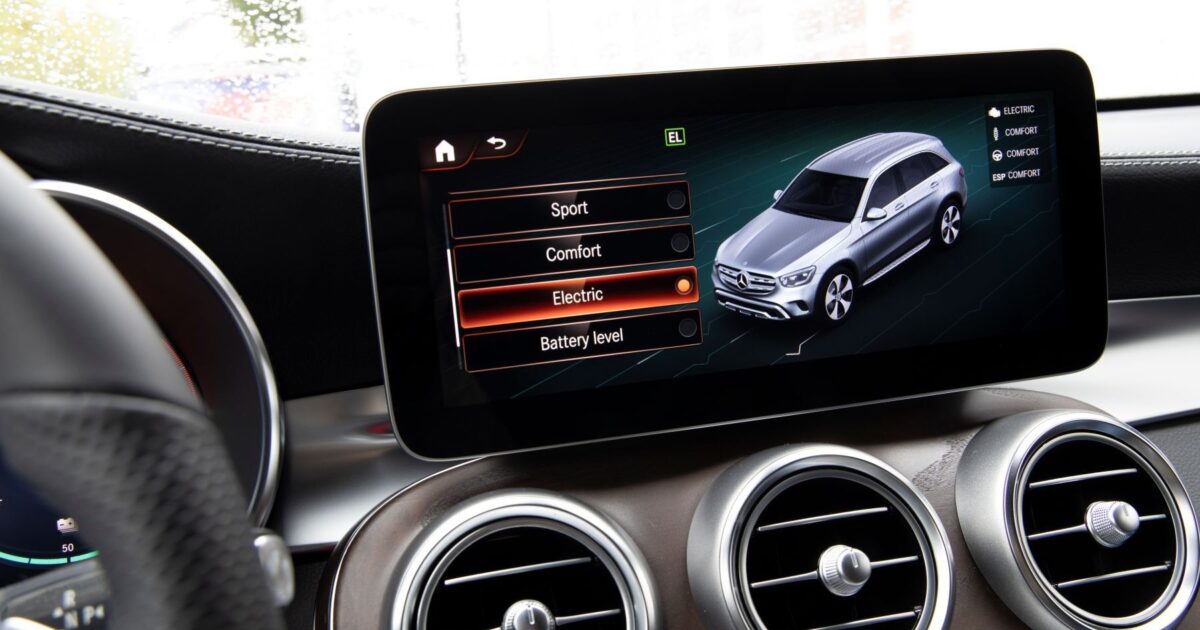While EREVs can go further than PHEVs, they can’t go as far as BEVs with current technology
As discussed in previous sections, the average electric range of Chinese EREVs is above 180 km, surpassing the 80 km range of PHEVs but falling short of the average 500 km range of BEVs in Europe. However, the best-in-class Volkswagen ID.ERA concept car is expected to reach 300 km, and future EREV models fitted with new battery technology could extend this further. CATL announced its new Freevoy battery could unlock electric range over 400 km. For example, the Stellar drive from IM Motor is expected to use a 66 kWh Freevoy battery to achieve an electric range of 450 km. These future long-range models with an electric range of over 300 km have the potential to offer a range comparable with that of today’s entry-level BEVs.
While EREVs can be cleaner than PHEVs, today’s model falls short of the high environmental standards required in Europe
EREVs benefit from powerful electric motors and a series configuration that enables emissions to be minimised in electric mode. This is an advantage over PHEVs, which have less powerful electric motors and therefore drive in combined electric-combustion mode for a significant proportion of their use.
EREVs could reduce NOx emissions compared to PHEVs. If engineered well, the EREV combustion engine would operate almost like a stationary generator with a steady load, reducing NOx emission spikes that occur during dynamic engine operation.
Due to their long ICE range capability, the average utility factor of EREVs could be between 15% and 70%. They may therefore exhibit similar charging behaviour to PHEVs, which travel more than half of their distance in Europe in depleted battery mode. Nevertheless, well-designed, long-range (300+ km) EREVs with a limited fuel tank size (e.g. 15 L) could be driven predominantly in electric mode, achieving a utility factor close to 70%.
Taking the whole lifecycle of the vehicles into account, including the production phase, BCG calculated that EREVs with a 15% utility factor emit, on average, 127% more CO₂ than similar BEVs. Even with a utility factor of 65%, EREVs would emit 48% more CO₂ than BEVs over their lifetime, making them suboptimal in terms of environmental performance.
EREVs benefit from fast-charging capability, yet they rely on fossil fuel infrastructure
With the ability to use DC fast charging at a rate above 50 kW, all EREV models have a significant advantage over PHEVs. Moreover, the ability of these vehicles to drive in combustion mode can be useful for a certain category of users during the transition, particularly those living in areas with limited charging access. However, as the transition progresses towards the end of the 2020s, European regulations such as the Alternative Fuel Infrastructure Regulation (AFIR) and the Energy Performance of Buildings Directive (EPBD) are expected to provide most drivers with sufficient access to public and private charging. While an ICE range is beneficial in the short term, it will not be a significant advantage for EREVs in the 2030s as fuel stations become scarcer. Furthermore, the implementation of carbon taxes as part of the Emissions Trading System for road transport (ETS2) is expected to increase fuel prices and therefore driver costs. Reliance on fossil fuel infrastructure could also become a disadvantage as Europe increasingly prioritises energy sovereignty.
The future price of the EREV powertrain is uncertain but operating costs will be a burden
Compared to PHEVs, these models have larger batteries and could initially be sold at a higher price. However, as battery prices are expected to decrease, accounting for a smaller proportion of the total car price, other factors could influence vehicle pricing. For example, well-designed EREVs with small combustion engines for emergency backup could be built on the same platform as BEVs with a lower complexity than PHEVs, benefiting from the economies of scale of the BEV platforms. In the European market, PHEVs will face an increasing cost burden as the production volume on ICE platforms decreases. Therefore, EREV could become cheaper than PHEVs in the medium term.
Despite smaller batteries than BEVs, EREVs would be more complex and costly due to the additional ICE components that would likely not benefit from significant economies of scale. Therefore, EREV prices in Europe are unlikely to fall below BEV prices. BloombergNEF long-term modelling confirms this for the Chinese market as they show that, in the absence of subsidy, EREVs would never reach price parity with battery electric vehicles, but they could displace PHEV sales due to their lower price.
Overall, a well-designed EREV with a small combustion engine could be cheaper than a PHEV, but it is unlikely to be as affordable as a mass-market BEV. However, EREVs could provide cheaper options than BEVs in premium SUV segments where extra-large BEV batteries may be common.
In terms of total cost of ownership (TCO), reports from BCG highlight that EREVs incur higher costs than BEVs. BCG calculated that a D-segment EREV would cost €1,000–€1,200 more per year than a similar BEV over a five-year ownership period.
Based on sales price and TCO, EREVs appear to be better suited to premium segments, where users are less sensitive to operating costs and long electric ranges could limit the price benefits of BEVs.
EREVs are not suited to mass-market segments, but they could serve as a transition technology for certain users before 2035 when replacing combustion vehicles
Firstly, they can serve users driving long distances and living in remote areas, where charging infrastructure is expected to remain limited during the transition, and who lack access to private charging at home or at work. While this use case is quite common in China, explaining the popularity of EREV in the country, these conditions are far less common in Europe and should disappear by 2035 thanks to charging infrastructure coverage. In this use case, well-designed EREVs can provide an emergency backup drive in combustion mode. However, the fuel tank should not be oversized to prevent the vehicle from being used primarily in combustion mode.
Secondly, EREVs would be designed to target premium drivers seeking large vehicles with long-range capabilities and intermediate features between PHEVs and BEVs. A survey conducted by McKinsey has confirmed that the interest in EREVs was higher among owners of premium-brand vehicles. However, these use cases are expected to be relatively limited, given the increasing competition from long-range PHEV models (e.g. Lynk & Co has introduced a model with an electric range of 200 km) and new battery technology that enables ultra-long-range BEVs (e.g. Mercedes-Benz is testing a BEV prototype with a range of 1,000 km using a solid-state battery).
Chinese carmakers are leading the way with EREV technology, whereas European carmakers have limited plans in Europe
EREV technology does not appear to be a strategic priority for European carmakers. Many carmakers are already benefiting from, or planning to further develop, their PHEV technology, which benefits from the legacy ICE supply chain in Europe. In this context, carmakers have not focused extensively on EREV, a technology that is dominated by Chinese companies and would not significantly benefit the ICE supply chain in Europe.
This technology is being developed for the premium segment, with BMW considering selling an EREV version of the iX5 in Europe and luxury carmakers such as Lotus developing high-end EREV models. However, carmakers must prioritise investment in BEVs to develop the best BEV platforms for the market, and avoid making competing investments in PHEV or EREV technologies. For example, the CEO of Volkswagen declared that it makes no sense to have both range extenders and plug-in hybrids in smaller European cars, whereas this technology is relevant for large vehicles sold in the US.
Finally, in the undesirable case where the EU allows for an exemption for the sale of vehicles running on carbon-neutral e-fuels under specific conditions after 2035, EREVs may be the preferred e-fuel compatible vehicle given that the high prices of e-fuels would limit such fuels to niche applications.








